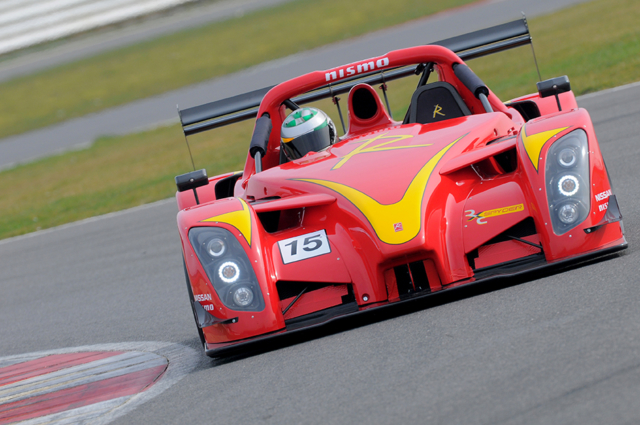Among the modern offering of trackday specials, there are plenty of exciting cars choose from. The 911 GT3, the BAC Mono, even the Caterham 620R — there are plenty of incredibly, nonsensically, frighteningly-quick machines available to the avid enthusiast. Going even further, there is a soft spot in many’s hearts for the extremism that comes through in every Radical. These cars, while available to every mere mortal, possess the outrageous combination of power-to-weight that isn’t far off some serious purpose-built racers, and boast the downforce to support.
That combination isn’t met by any of the aforementioned contenders, because, at the end of the day, cars have to be sold and seldom do companies have the focus and the means to pursue consummate performance. As absurd as it might sound, there are all criticisms one can make of the Porsche, BAC and Caterham. Perhaps it’s just their brand image, or perhaps its the economic constraints that keep them from touching the silly performance a Radical is capable of, but whatever the reason, there’s a good number of objective points why the RXC rules the track tool roost in many ways.
One of them is the output of the motor. While cars like the Mono utilize a normally-aspirated, four-cylinder engine to propel a lightweight chassis, the Radical employs a compact, lightweight, 2.9-liter V8 that produces 450 horsepower — bringing the power-to-weight ratio to 510 bhp/ton. Harnessing all that power is a transversely-mounted, seven-speed Quaife gearbox to keep weight centralized and shifts quick. Clearly, straight-line acceleration is something to be envied, but there’s much more to the car than that.

The V8-powered RXC might not be the most powerful Radical, but it certainly provides the most thrilling experience.
What stands out about Jethro Bovingdon’s review of the car is the visceral, physical nature of the beast. Like only real racing cars, the RXC is physically demanding, and the immense cornering forces it’s capable of feel like they’re trying to rip your neck from your torso. Additionally, the amount of pedal pressure a high-downforce car requires for braking at the limit will have most ambitious drivers spending a little more time performing leg presses at the gym.
Yes, there are track cars more powerful and even some with larger tires — but few combine immense mechanical grip with huge torque, response, and theater from a snarling V8, and an astonishing 2,000 pounds of downforce. For those looking to experience something similar to what Mark Webber or Timo Bernhard experience at Le Mans, this might be the ticket.





















